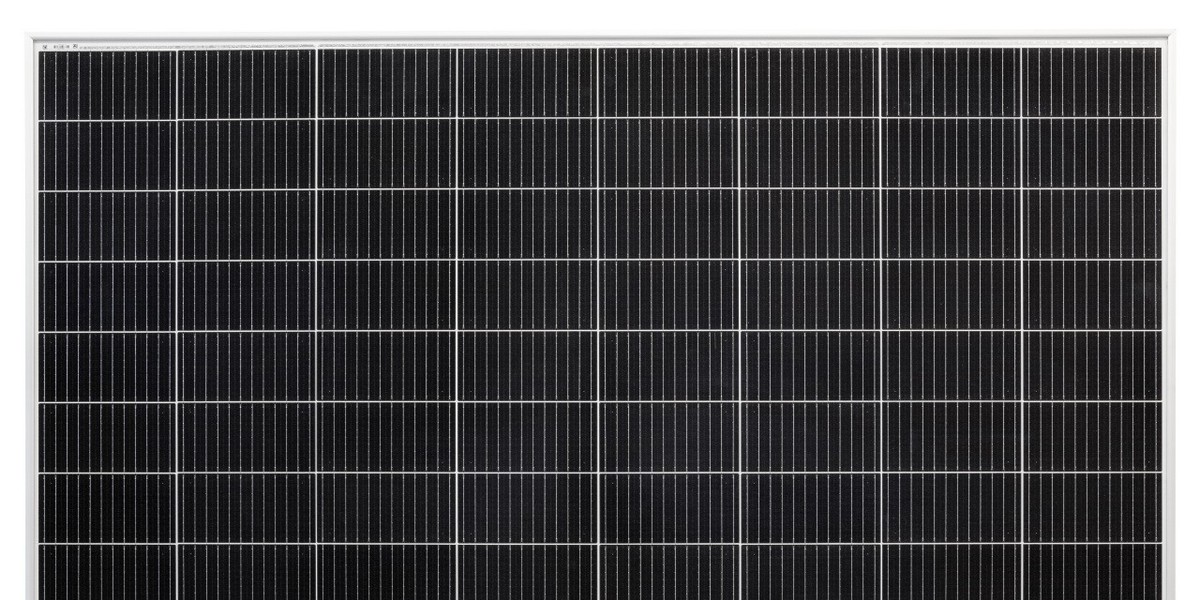From pv magazine Germany
Germany's Federal Ministry for Economic Affairs and Climate Protection (BMWK) funded the development of the new product under the “Komoger” research project, which designs competitive modules to be specifically made in Germany.
“The further development of stringers for interconnecting solar cells with more than six busbars as well as the wire interconnection of solar cells in M12 format were a milestone for us,” said Thomas Fischer, project manager at Eckert Solar. “This helps ensure that European photovoltaic production systems remain viable.”
This content is protected by copyright and may not be reused. If you want to cooperate with us and would like to reuse some of our content, please contact: editors@pv-magazine.com.



By submitting this form you agree to pv magazine using your data for the purposes of publishing your comment.
Your personal data will only be disclosed or otherwise transmitted to third parties for the purposes of spam filtering or if this is necessary for technical maintenance of the website. Any other transfer to third parties will not take place unless this is justified on the basis of applicable data protection regulations or if pv magazine is legally obliged to do so.
You may revoke this consent at any time with effect for the future, in which case your personal data will be deleted immediately. Otherwise, your data will be deleted if pv magazine has processed your request or the purpose of data storage is fulfilled.
Further information on data privacy can be found in our Data Protection Policy.